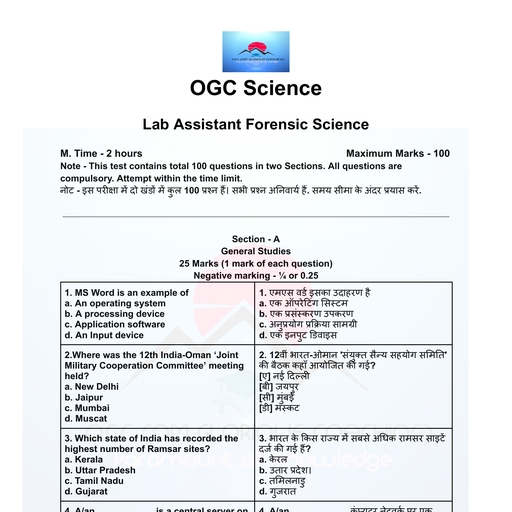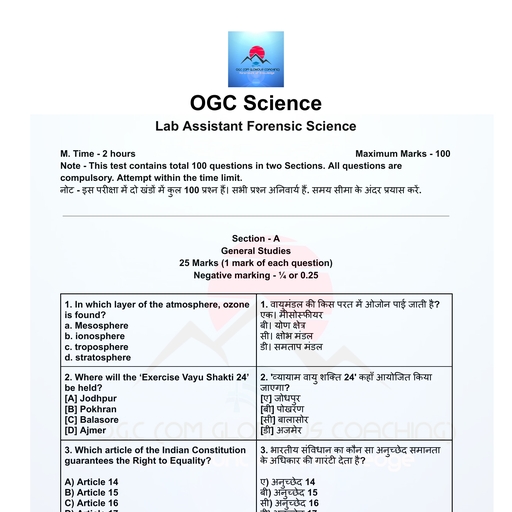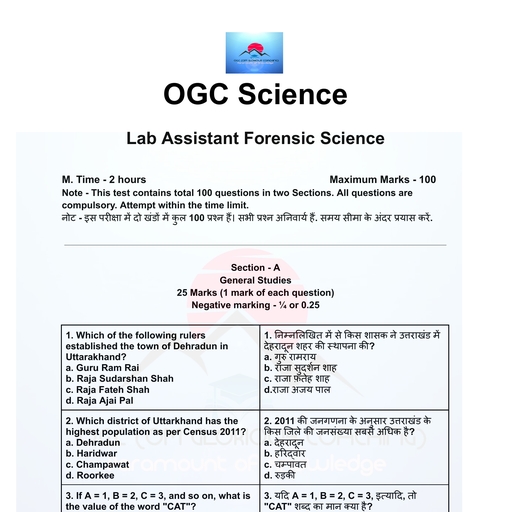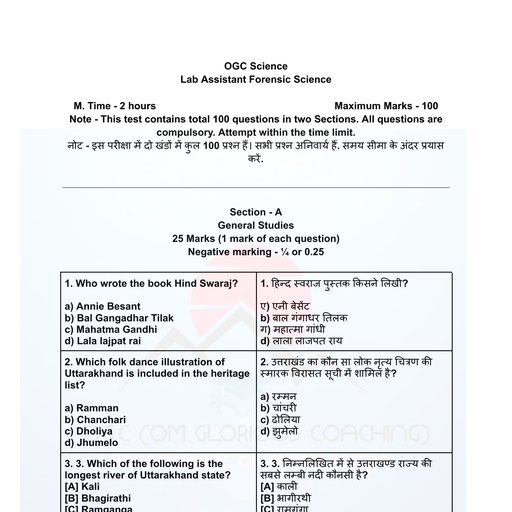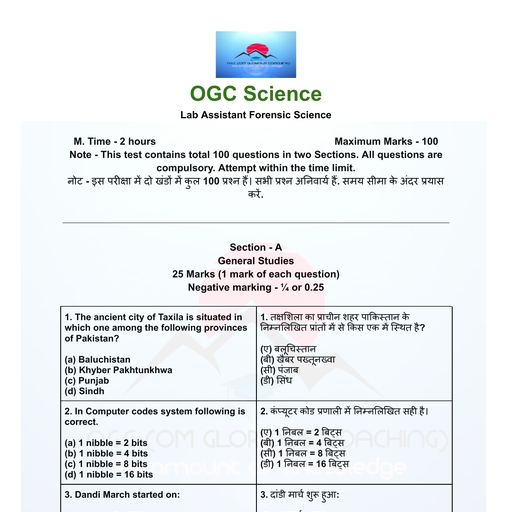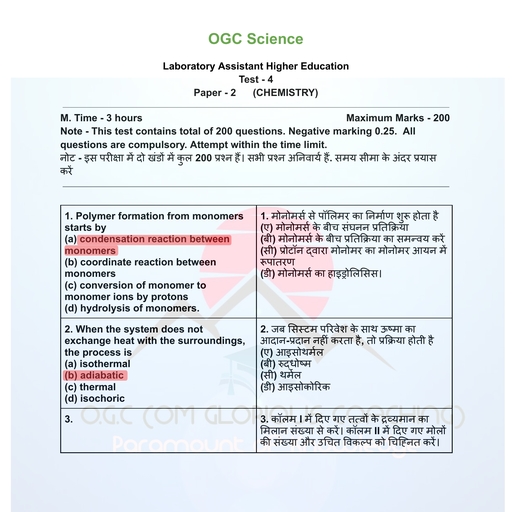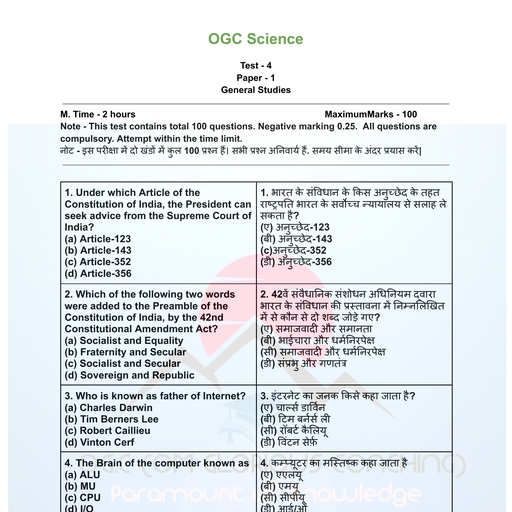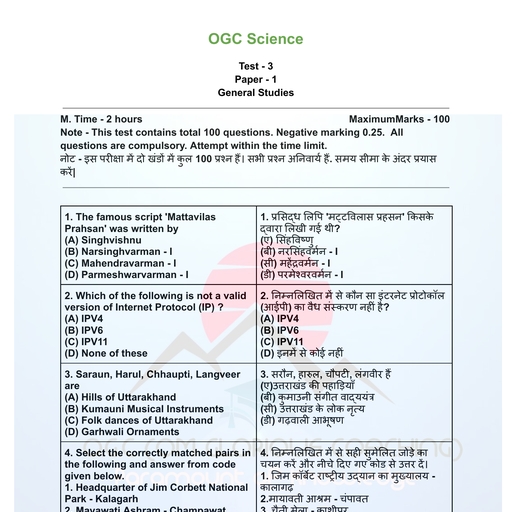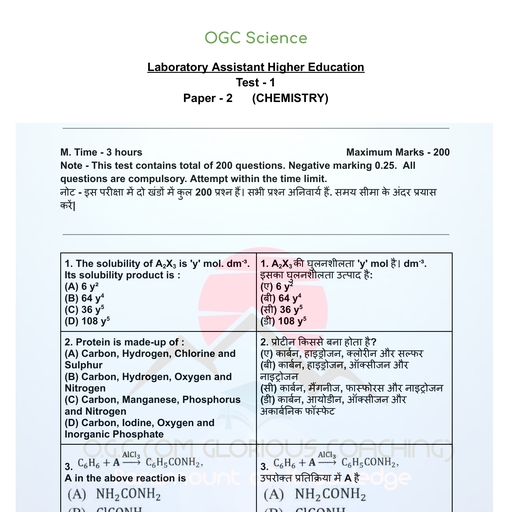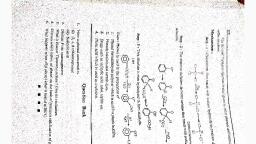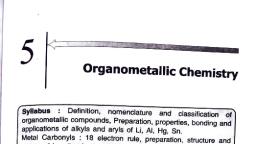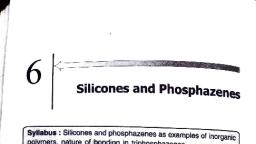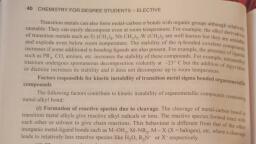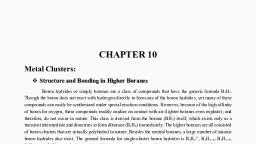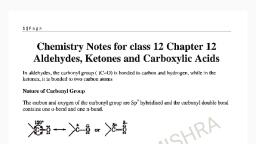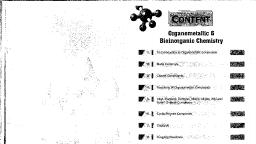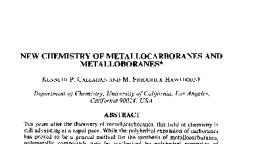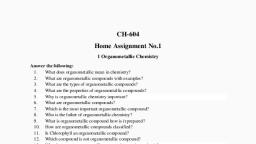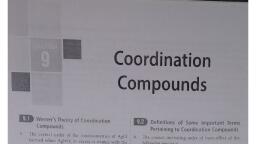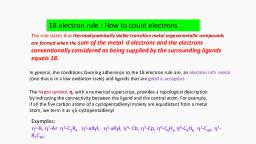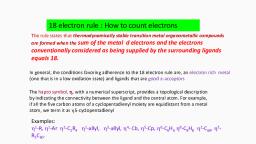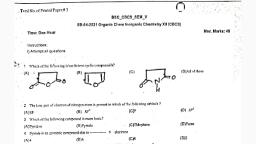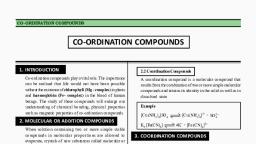Page 1 :
Organometallic Chemistry, , , , Syllabus : Definition, nomenclature and Classification of, organometallic compounds, Preparation, properties, bonding and, applications of alkyls and aryls of Li, Al, Hg, Sn., Metal Carbonyls : 18 electron rule, Preparation, structure and, nature of bonding in the mononuclear carbonyls., , , , 5.1. Organometallic compounds, , The compounds which have atleast one direct metal carbon bond, , are called as organometallic compounds. This bond 1 can.be.ionic as in, ethyl sodium, C,H;Na*, simple covalent as in tetra ethyl lead,, (C,H; ), Pb or m-dative as in ferrocene, (C,H, ), Fe, , C3Hs, , , , HsCz, C,H; —Na* Dees, , , , Ethyl Sodium HsC, CLHs, Tetra ethyl lead, ane valde a dlatwe, DVL Ferrocene, , The term metal generally includes elements less electronegative, than carbon. Thus, the definition also includes the derivatives of, non-metals such as boron, silicon and derivatives of metalloids such as, Sermanium, arsenic and antimony. In other words, organometallic, compounds are those in which an organic group is attached through, carbon to an atom which is less electronegative-than-carbon., , The organic derivatives of nitrogen, oxygen, sulphur and halogens, are not considered as _organomettalic—.compounds_ as _ their, , ——— (159)
Page 2 :
160, , , , Inorganic Chem, Stry.., , clectronegativity values are greater than that of carbon. The com, , . Pounds, like CaC,O,, Mg(CH COO), are also not considered as organo, , arn Metal},, , compounds because in these compounds, the metal is directly attached t,, oxygen and < to carbon. 0, , co CH;—C—O, , | » Ca l » :, , ll, , i 0, , Calcium oxalate Magnesium acetate, , 5.2. Nomenclature, , Most of the organometallic compounds are coordination, compounds containing one or more ligands attached to metal M through, M—C bonds. The nomenclature of these compounds is similar to, co-ordination compounds. The following additional rules are observed in, the case of organometallic compounds., , (i) Nomenclature of simple organometallic compounds : The, , simple organometallic compounds are named by writting the name of the, organic group and then the metal. For example :, , CH,Li — Methyl lithium, , (C,H,), Zn = Diethyl zinc, , (C,H,),Pb — Tetraethyl lead, , CH,Mgl — Methy! magnesium iodide, , C,H, MgBr ad Phenyl magnesium bromide, , (ii) Nomenclature of carbonyls : The metal _carbonyls are the, compounds containing carbon monoxide as ligands. In these cot, , the characteristic oxidation state of the metal is zero: These are nasiéd, , as :, INi(CO), } _ Tetra carbonyl nickel, [Fe(CO), } _- Penta carbonyl iron, (Co, (CO), | _, , Octa carbonyl dicobalt, If ligands form a bridge between two metal atoms, the Greek lette!!, is written before their names. The prefix is repeated before the name, each bridging ligand ., (CO), Fe(CO), Fe(CO), — Tri p-carbonyl bis (tri carbony! 74, (CO) ,Co(CO) , Co(CO) , — Di p-carbony! bis (tri carbonyl cob", , od
Page 3 :
organometaiic CNSMMICNY 161, , (iii) Nomenclature of o- and mbonded ligands : The notations oare used to distinguish between single carbon bonded ligands and, , dm are, wultiple carbon bonded ligands. For example, cyclo pentadiene (C,H, ), , at, H, Li is single carbon bonded ligand and is therefore, referred as, eis He: It behaves as five carbon bonded ligand in (C,H, ), Fe and is,, therefore, referred as ™C,H,. Similarly, allyl (CH, == CH — CH, —), , group is o-allyl or m-allyl depending upon one electron or three electron, , donor., , According to latest I.U.P.A.C. rules, the notation_n is used for, unsaturated molecules Or | Tecules or groups. For example, one carbon bonded ligand, iespecified as 1 (monohapto), two carbon bonded ligand is specified as, 1? Gdihapto), three carbon bonded ligand is specified as 1? (trihapto) and, , so on. For example :, , Fe(CO),(C,H;) — (n‘-butadiene) tri carbonyl iron, Co(CO),(mC,H,) — (n> -allyl) tri carbonyl cobalt, Fe(C,H,), = Bis (n° -cyclo penta dienyl) iron (II), Cr(C,H,)> os Bis (n°-benzene) chromium, K[PtCl, (C,H,)] — Potassium trichloro (n?-ethylene), , platinate (II), , 5.3. Classification :, The organometallic compounds may be classified in a number of, , ways :, Mi irs type of classification : The organometallic compounds are, of two types :, (a) Simple organometallic compounds : Such organometallic, , | compounds contain either the hydrocarbon radicals attached to the metal, or contain hydrocarbon radicals along with hydrogen attached to the, , metal. For example, (C,H, ), Zn, (CH, );SnH ete. pydvoc ano, , These may be :, , Symmetrical : e.g., (C,H, )2 Zn, (C,H; )2 Hg, (C,H, ), Pb, , Unsymmetrical : ¢.g., C,H; — Hg — C,H,, , (b) Mixed organometallic compounds : Such _organometallic., Compounds contain at least one hydrocarbon radical along with some, other groups attached to the metal. For example,, , / CH,Mgl, (C,H, ), SnCl, etc, , on jeyelaoeaibon + WY YP
Page 4 :
162 Inorganic Chomisny, . a, gh Second type of classification : The organometallic com, , may be classified into the following types depending upon the nat ds, bond between metal and carbon. eof, , (a) Ionic organometallic compounds : Most of the Organomet), compounds of alkali metals except lithium comes in this Categor ~, these compounds the negative charge on the hydrocarbon ani :, delocalized over several carbon atoms and is strongly attracted 1 Sab, , ee : Facted tow,, metal ion by electrostatic forces. For example, CH,Cs*, C,H, ty, GH EK., , (b) c-Bonded covalent organometallic compounds : The Metall, elements of the groups II, III, IV, V and transition elements form suc, type of organometallic compounds. In these compounds, the metal atoms, , are bonded to carbon atoms by o-bonds. The polarity of the bond depends, , not only on the difference in the electronegativity of metal and the carbon, but also on the available metal orbital. The common examples of this, , type of organometallic compounds are (C,H;),Zn,(CH,),Cd,, (CH,), Sn, (C,H, ), Pb ete., , (c) Non classically bonded organometallic compounds : These, organometallic compounds can not be explained on the basis of, formation of localized 2-centre 2-electron bonds betwee carbon and the, metal atom. These organometallic compounds are of two types :, , (i) The_compounds. of lithium, beryllium and_aluminium wit, bridging alkyl groups come in this category. These compounds have, strongly polarizing cation with the result a polar covalent bond results, Such polar molecules have a tendency to give polymeric structures. The, common examples of this type of organometallic compounds, polymeric dimethyl beryllium, [(CH,), Be],, _ polymeric magnesium, [(C,H,),Mg], and dimeric trimethyl eee, [(CH,),Al],. For example, the structure of dimeric trimethyl alumn, is shown in the figure 5.1., , Ht Hy, H3C\ No! jets, B “A, HgC Ay CH3, H H H, , Fig. 5.1. Structure of (CH, ),Ath, 1, , | 9
